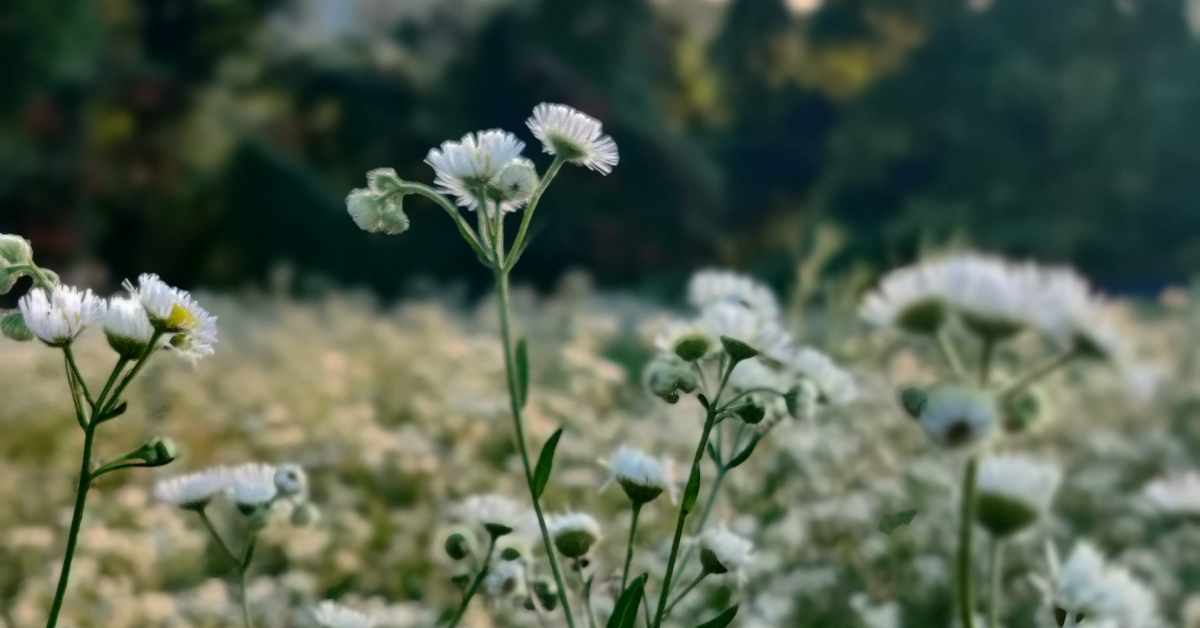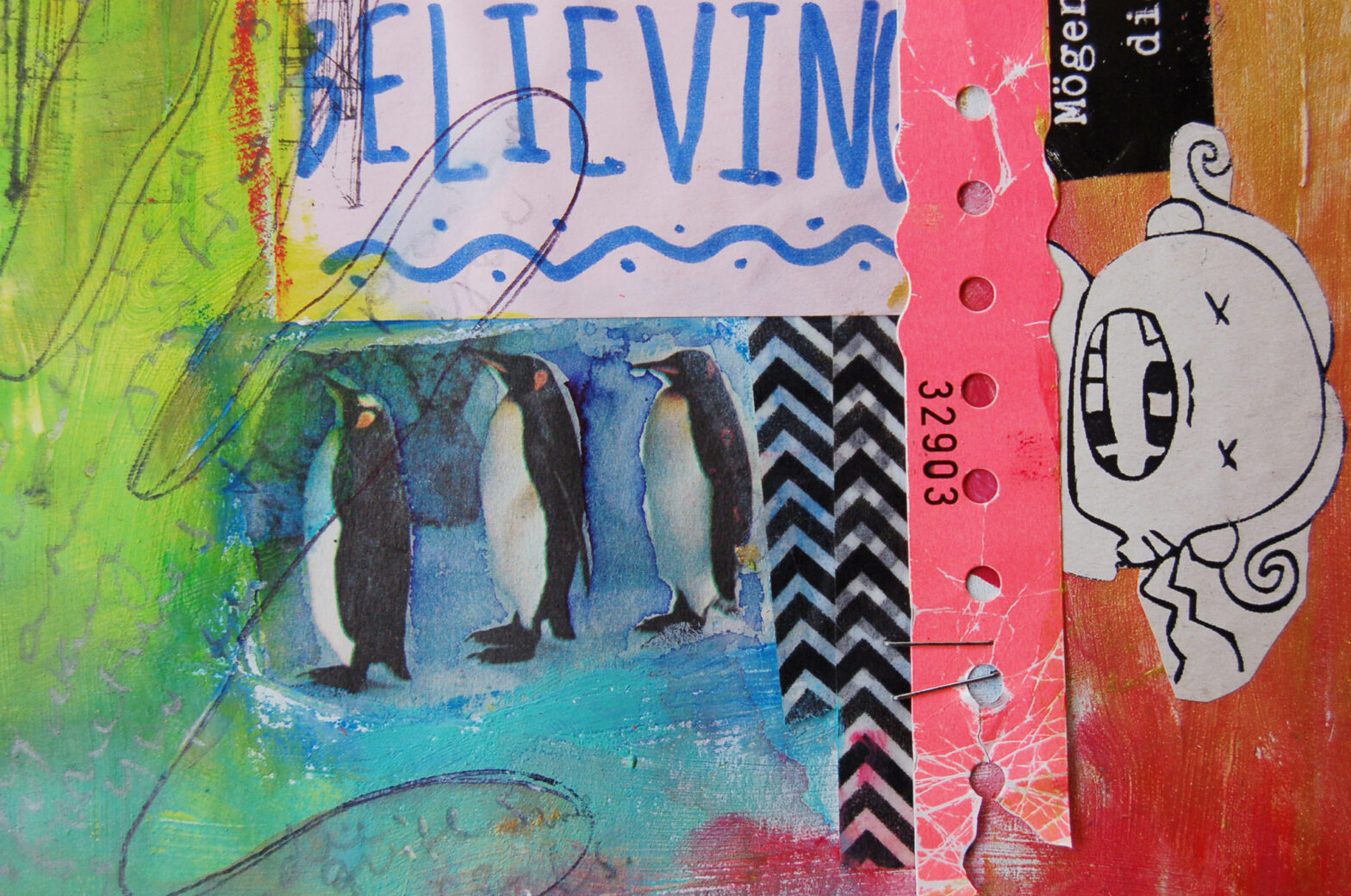Tag: sustainability
-

You Are a Garden
•
We’re constantly bombarded with messaging about how we can be better, more efficient humans. It’s exhausting.
-

How to Use Structure to Inspire Creativity
•
I wonder about the relationship between structure and creativity, right-brain and left-brain thinking, and the spontaneity of creation and the reliability of planning.
